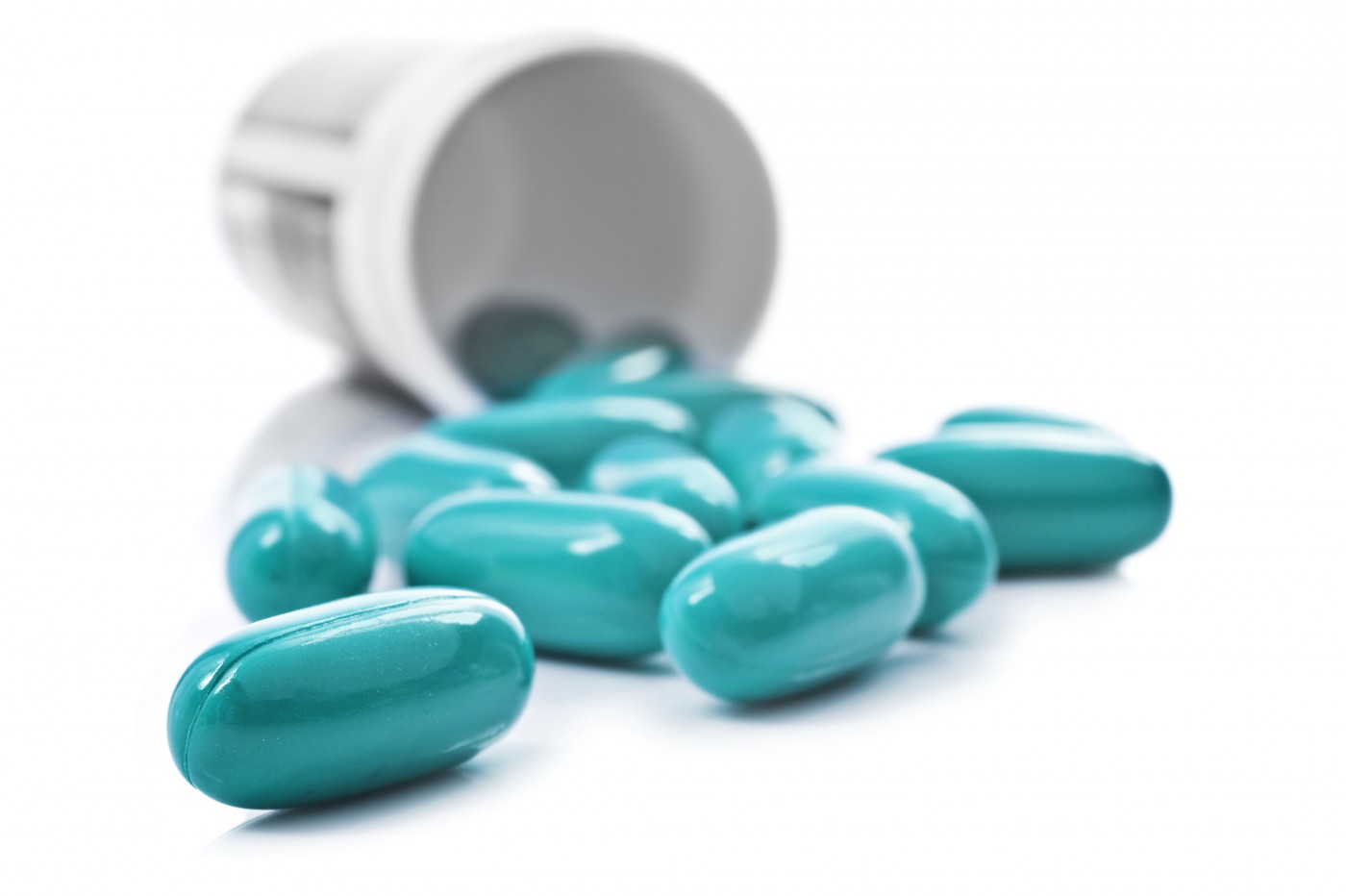Benign prostatic hyperplasia (BPH) patients often regard surgical intervention as a definitive therapy for urinary complications allowing them to eliminate medication and its inherent expenses. Researchers at Washington University addressed this issue in a cohort study entitled “Use of Medical Therapy and Success of Laser Surgery and TURP for BPH” and published in the journal Urology.
BPH patients can develop urinary tract symptoms including urinary retention, urinary tract infections and even kidney damage. Surgical intervention by Transurethral Resection of the Prostate (TURP) and laser therapy provide symptomatic relief in over 70% of men. Although effective, the surgery does not always lead to discontinuation of the medication, which includes 5-alpha reductase inhibitors (5-ARIs), alpha blockers and antispasmodics. In this study, researchers assessed pre- and post-operative medical therapy in a cohort of men < 65 years of age undergoing TURP or laser procedures from 2007 through 2009.
They found that surgery is successful in eliminating the need for medical therapy in over 75% of patients who use medication prior to surgery. In the remaining patients, pre-surgical use of antispasmodics was associated with the highest risk of medication use at 4 months after surgery compared to patients who did not take any medication prior to surgery. Within patients who were not using medication for urinary symptoms, at three years after both laser therapy and TURP, 22% of them started to use medication. This study was based on a database of commercially insured patients (Truven Health Analytics MarketScan® Commercial Claims Database) and did not include men above 65 years of age or assessment of medication use for longer periods that one year prior to surgery. Despite these limitations, researchers think that patients should be better informed about continued or new use of medical therapy after laser and TURP procedures.
“Our results show a need for effective patient counseling about continued or new use of medical therapy after laser and TURP procedures. Antispasmodic medication use prior to surgery is most associated with new or continued medication use after surgery. However, most patients experience durable improvement after surgical intervention for BPH without need for subsequent medical or surgical intervention”, the authors concluded in their study.

